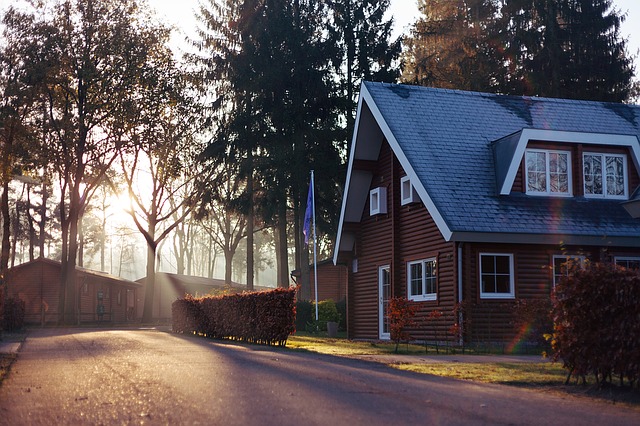Introduction
Painting a garage floor is a great way to improve its appearance and protect it from stains, cracks, and wear and tear. Whether you have a concrete or epoxy-coated garage floor, the process of painting it can be relatively straightforward with the right materials and techniques. In this article, we will guide you through the steps to successfully paint your garage floor, ensuring a durable and attractive finish.
Preparation
Before you begin painting your garage floor, proper preparation is crucial for a long-lasting result. Here are the steps to follow:
Clean the floor: Start by removing any debris, oil stains, or other contaminants from the floor. Sweep or vacuum the surface thoroughly, and then use a degreaser or a concrete cleaner to remove any oil or grease stains. Rinse the floor with clean water and allow it to dry completely.
Repair any damage: Inspect the floor for cracks, holes, or other damage. Fill any cracks or holes with a concrete patching compound, following the manufacturer’s instructions. Smooth the patched areas with a trowel and allow them to dry completely.
Evaluate the moisture level: Test the moisture level of your garage floor to ensure it is suitable for painting. Tape a plastic sheet to the floor and leave it for 24 hours. If condensation forms under the plastic, it indicates excessive moisture. In such cases, you may need to address the moisture issue before proceeding with the painting process.
Materials and Tools
To paint your garage floor, you will need the following materials and tools:
Epoxy or concrete paint: Choose a high-quality epoxy or concrete paint specifically designed for garage floors. These paints are durable and resistant to chemicals, oil, and stains.
Primer: Depending on the type of paint you choose, you may need a primer. Check the manufacturer’s instructions to determine if a primer is required.
Paint roller and extension pole: A paint roller with a medium nap and an extension pole will help you cover the floor efficiently.
Paint tray: Use a paint tray to pour the paint and load the roller.
Paintbrush: A paintbrush will come in handy for cutting in along the edges and corners of the floor.
Protective gear: Wear protective gear, including safety goggles, gloves, and a respirator mask, to protect yourself from fumes and chemicals.
Painting Process
Once you have prepared the floor and gathered the necessary materials, you can proceed with painting your garage floor. Follow these steps:
1. Apply the primer (if required): If your chosen paint requires a primer, apply it according to the manufacturer’s instructions. Use a paint roller or brush to cover the entire floor evenly. Allow the primer to dry completely before proceeding.
2. Mix the paint: Thoroughly mix the paint according to the manufacturer’s instructions. This ensures that the color and additives are evenly distributed.
3. Start painting: Begin by cutting in along the edges and corners of the floor using a paintbrush. Then, use a roller to apply the paint to the rest of the floor. Work in small sections, applying the paint evenly and avoiding overlapping strokes.
4. Allow the first coat to dry: Follow the manufacturer’s instructions regarding the drying time for the first coat. Typically, it takes several hours to dry, but it may vary depending on the product and environmental conditions.
5. Apply the second coat (optional): If desired or recommended by the manufacturer, apply a second coat of paint following the same process as the first coat. This will provide additional durability and coverage.
Conclusion
Painting your garage floor can transform its appearance and protect it from damage. By following the proper preparation steps and using high-quality materials, you can achieve a durable and attractive finish. Remember to clean and repair the floor, choose the right paint and primer, and apply the paint evenly. With patience and attention to detail, you can enjoy a beautiful garage floor for years to come.
References
– www.diynetwork.com
– www.familyhandyman.com
– www.homedepot.com













